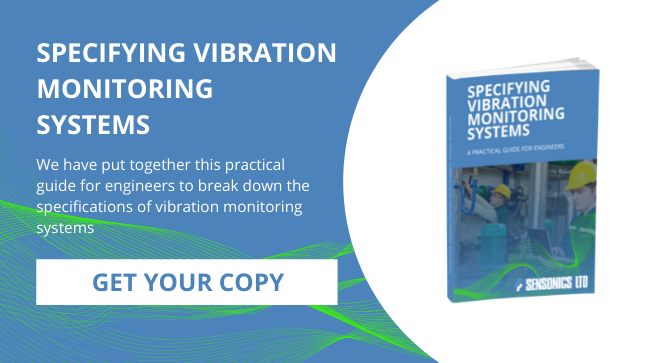3 Reasons Why Condition Monitoring Systems Play An Important Role In Plant Maintenance
Technical hitches occur from time-to-time in any plant, but it’s your ability to respond promptly that often determines the severity and cost to your business.
When a fault is identified, downtime is often an unavoidable (albeit unwanted) consequence. However, the seriousness and extent of the problem will govern how long essential machinery is out-of-action: if a major component failure occurs, or through a ripple effect other parts are damaged, downtime is likely to be lengthy while expert assistance is sought, and replacement components obtained.
Early warning of an impending problem, through condition monitoring, reduces the chance that a major breakdown will occur and limit the duration of downtime for essential repairs to be made.
Why Condition Monitoring Is A Key Element Of Predictive Maintenance
A predictive maintenance strategy reverses the notion of why worry if it’s not broken to anticipate technical problems before they occur, so that timely repairs can be made as part of scheduled maintenance that doesn’t result in extended downtime.
Predictive maintenance uses a data-driven, analytical approach to estimate when a component may fail. The aim is to enable optimal maintenance scheduling at the most cost-efficient and least disruptive time, without replacing parts prematurely.
Condition monitoring – the use of extremely precise sensors to detect deviations in vibration or temperature – is a fundamental element of any effective predictive maintenance strategy. Data obtained through monitoring is compared to baseline and historic information or the known performance of similar components so that the most innocuous signs of component failure are recorded and reported to maintenance staff.
-
Condition Monitoring Protects Valuable Assets
Designed to spot the earliest signs of emerging problems, condition monitoring minimises the risk of equipment breakdowns and protects valuable assets from expensive failures.
-
Extensive Repairs Are Often Avoided
A component that is displaying early signs of wear or failure may not need complete replacement if the problem is identified promptly. Damage caused by a ripple effect, where other components fail as a result, may also be avoided if timely intervention is possible.
-
Best Value Can Be Achieved
When a sudden, unexpected breakdown occurs, the priority is to replace malfunctioning components as quickly as possible to limit downtime: often, this results in expensive repair bills that could be avoided with condition monitoring. With predictive maintenance, awareness of a failing component allows time to consider options and source the most cost-effective solution.
The Benefits Of A Condition Monitoring System As Part Of Predictive Maintenance
For businesses who rely on their machinery for their day-to-day operations, any unforeseen period of downtime is potentially disastrous. By integrating condition monitoring with a predictive maintenance approach, you can benefit from:
- Higher levels of productivity, with less intrusive downtime.
- Greater efficiency, as operatives can optimise their work time without interruptions.
- Improved equipment reliability.
- Lower operating costs, with fewer disruptive and expensive repairs.
- Increased uptime with fewer periods of maintenance.
- A safer workforce, as personnel can move away from equipment if a critical fault is detected.
Ready To Learn More About Condition Monitoring?
If you have responsibility for managing plant machinery that is critical to your business’s operations, download our free guide to find out about our condition monitoring solutions.
Our support team can advise on any aspect of condition monitoring, so feel free to call Sensonics on 01442 876833 for professional advice you can trust.
Image source: Unsplash



